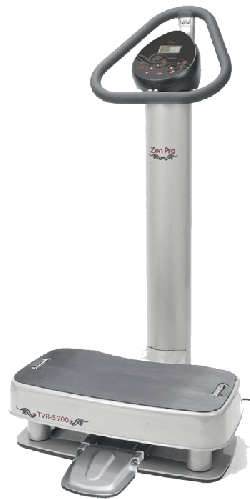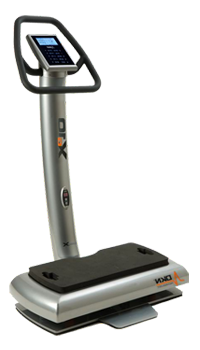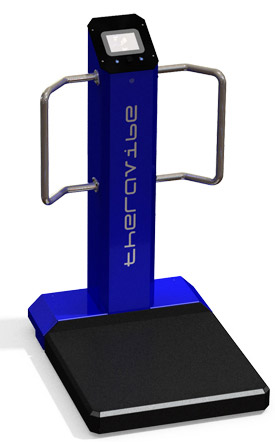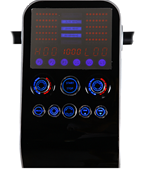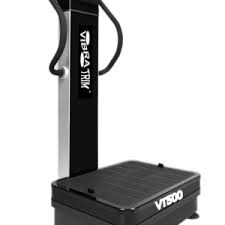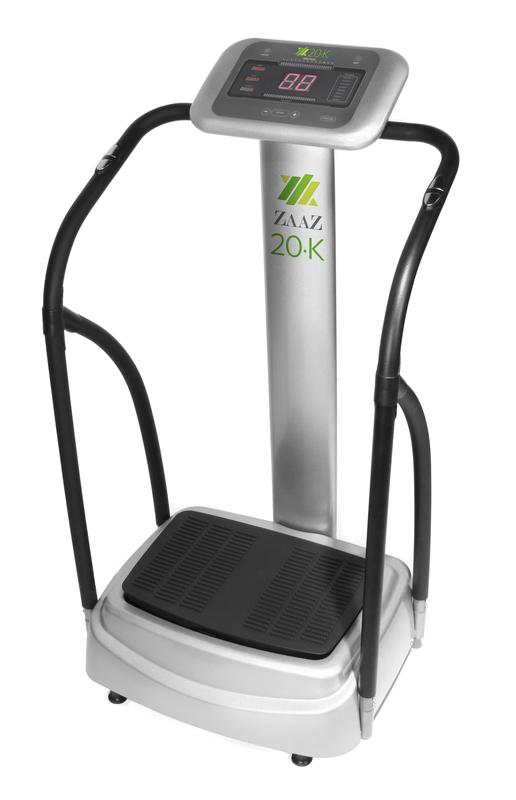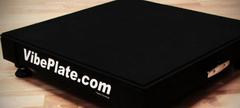Picking out Amperage
A quick explanation on pop vs. push as everyone keeps asking what I mean by this:
Pop VS Push G forces
Push: This usually happens at the higher frequencies. When the plate pushes you up, you don't really feel a g force but a slower take off lift. The best analogy would be as if you threw a baseball at 50 miles and hour rather than hit it with a bat.
Popping G force: A stronger acceleration, more sudden than just a pushing motion. It you were a baseball, it would feel like being hit instead of thrown by the picture. Both types require the same G force but one is more constant and one is more of a peak G force after you are airborne and then the plate taps your feet again.
Clarification of terms:
Power:
Expressed as Watts, Horsepower or amps, this the maximum electrical power consumed at the wall outlet.
Note that this is the "input power', not the power delivered to the plate. The power to the plate is determined by the input power and the efficiency of the electronics and motor. Motor efficiency varies widely even if they are all the same wattage or horsepower. For example, a sonic machine that's consuming 1kW might only produce around 200W (20%) of motive force (actual energy output) at the plate. The most common rotary motor is way more efficient at transferring electrical energy into motive force, although it produces a completely different kind of vibration. This is why if you are comparing power you should only be comparing with machines of the same type. Someone comparing a 500 watt sonic model to a 300 watt pivotal model should really understand what they are talking about before making statements.
Very few people compare average power witch is the power the machine can sustain for long periods. Many of the specs on the websites only refer to peak power. Peak power is only available for short times, and if runs at peak power too long, the motor or its electronics can be permanently damaged from overheating.
Know your Motor Amps!!!!
You can have a 2 hp model that has 3/4 amps, 1 amp and a more expensive model can have even 2 amps. If you see a motor that is cheaper than all the others that have the same wattage and horsepower, just make sure that it has enough amperage or you might be starving your motor of amperage. A good sign a motor that allows you to use it for 20 minutes or more. Most you can only use for 10 minutes and you should let it warm down. Just make sure it has enough amperage, not just high wattage and hp. If the amperage on the low powered models are too low, there can be a jolt of amperage and that can get the motor spinning too fast than a smooth start up with momentum can give. A low amperage model (ok if you are light weight but for heavier people???... you don't want to damage the frame and put the motor out of alignment. This is probably why so many of the ones people return make noises that the machine didn't make when it was new.
With a high enough amperage, a motor should run years and years after the warranty period expires. As these motors are cheap to make, you might find one with a 5 year warranty as they are cheap motors to replace. A good warranty of 5 years should mean it should last 5 years, not return it several times during that period. Try to get as close to 2 amps as you can is my best advice. Just make sure your weight does not require more amperage than motor can give.
Bottom line: A more power motor is better, especially with heavy loads on it. More powerful motors are more expensive and I would always and buying a machine rated at 50 pounds over your weight is usually the best rule.
I am sick of every company saying they have the best one that I had to build this site. I will not sell machines that I do not approve of. I will give honest advice and reasons for my recommendations based on my research.
Know before buying
Helpful Information
Click here to read my latest vibration review
- PowerVibe - VMaxFitness - DKN - Turbo Sonic - VIBEPLATE - TheraVibe - HyperGravity - VibraTrim - FitVibe - WAVE - HYPERVIBE - ZAAZ - VIVOVIBE
LymphaticVibration.com
We're Open Now
1-888-439-8986
Ask for Sharon
1-888-439-8986
We're Open Now
Ask for Jake




